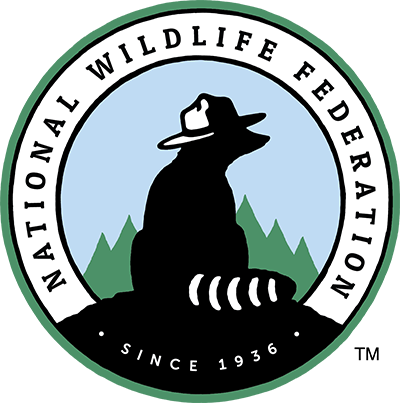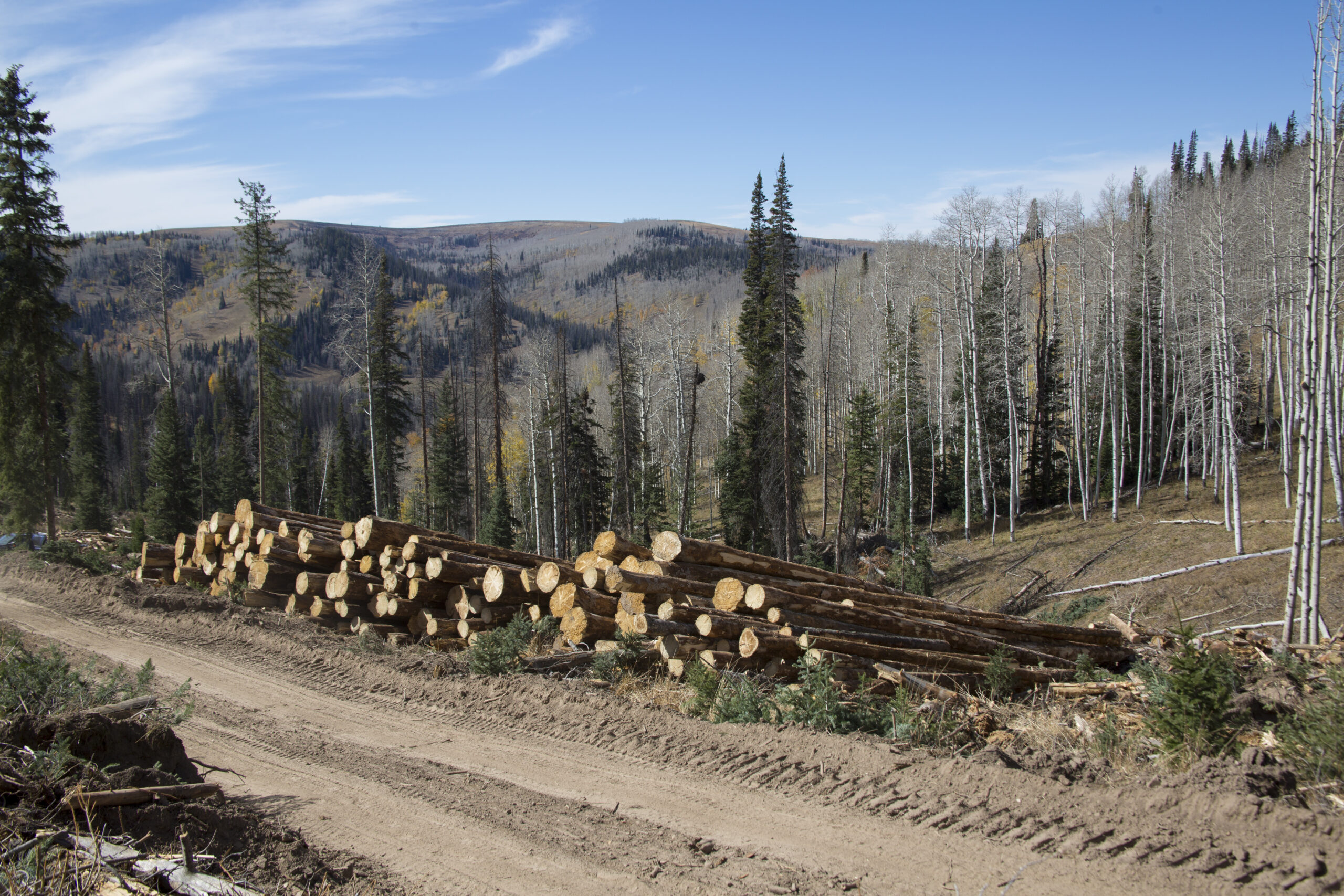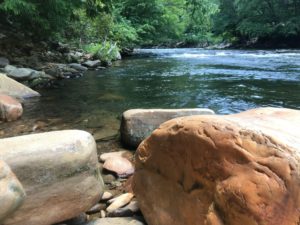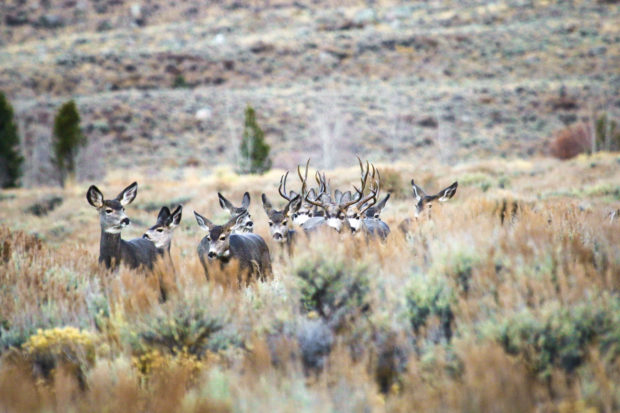Beyond Politics: Important Decisions for Wildlife Conservation
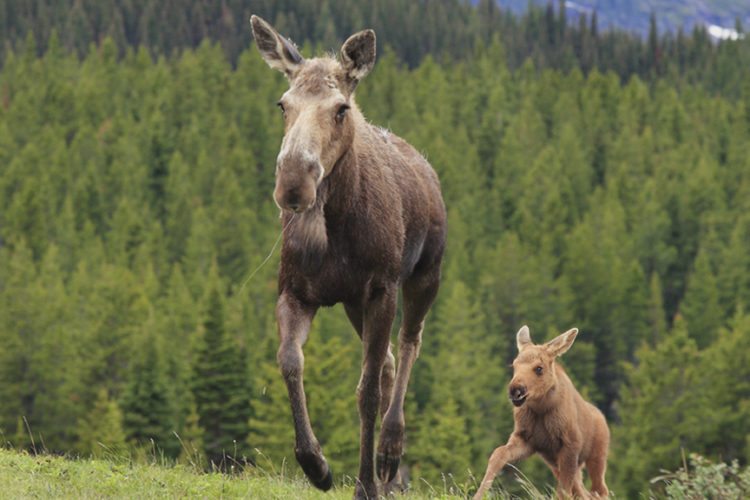
Confronting Climate Change

Wildlife like moose are negatively impacted by climate change. Photo by Christine Haines, National Wildlife Photo Contest entrant
A warming world stresses wildlife and their habitat. We’ve recently witnessed severe forest fires, floods, droughts, habitat shifts, heat waves, sea level rise and ocean acidification. Our elected officials must come together and support a positive, proactive climate agenda that protects your family and wildlife. This includes:
- Reducing carbon pollution that contributes to climate change by supporting new EPA rules to limit carbon pollution from power plants, and assigning a price to carbon emissions, the most efficient and effective market-based policy to curb pollution.
- Limiting methane pollution from oil and gas operations.
- Promoting expansion of responsibly sited renewable energy—including offshore wind and rooftop solar.
- Reforming federal fossil-fuel leasing to account for greenhouse gases and the wildlife-related impacts of extraction.
Funding Wildlife Recovery
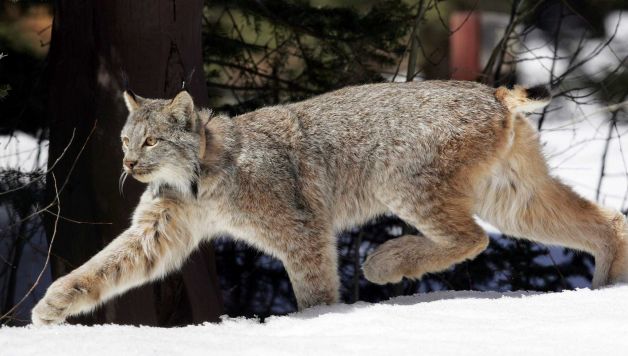
We need funding to help wildlife like lynx. Photo by USDA Forest Service
State wildlife agencies have identified some 12,000 species that are in need of conservation efforts. Unfortunately, most funds available to states for wildlife recovery (fees related to hunting and fishing) fall short of protecting these species. Newly proposed bipartisan legislation — the Recovering America’s Wildlife Act — would dedicate $1.3 billion from federal oil and gas revenues to state wildlife agencies to address this funding gap. If passed by Congress, the new funds could help prevent thousands of species from being listed under the U.S. Endangered Species Act — a huge payoff.
Safeguarding Public Lands
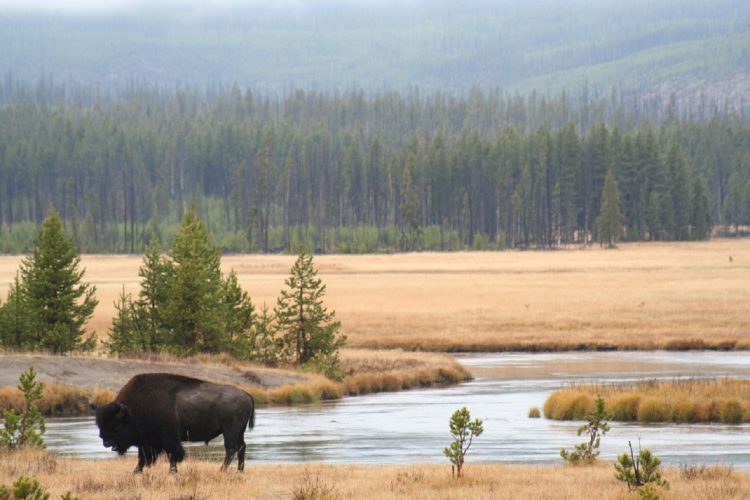
Public lands support wildlife like bison
Americans share ownership of approximately 600 million acres of land and water, but your public lands are under constant attack by private interests. In just the last three years, members of Congress filed at least 44 bills or amendments to undercut protections for our parks and public lands. Our leaders will need to fight these privatization schemes and improve public land management by:
- Making sure the U.S. Forest Service is fully funded for habitat restoration. Right now the agency must spend more than a third of its annual budget fighting wildfires, leaving little for this critical work.
- Designating new conservation areas to protect lands vulnerable to development.
- Balancing oil and gas leasing, mining and other extractive industries against the need to safeguard wildlife and local economies. This will involve finalizing reforms of the federal coal-leasing program to fully account for the costs to wildlife, as well as considering whether to phase out federal subsidies for oil drilling, mining and other extractive activities on public lands.
Ensuring Clean Water
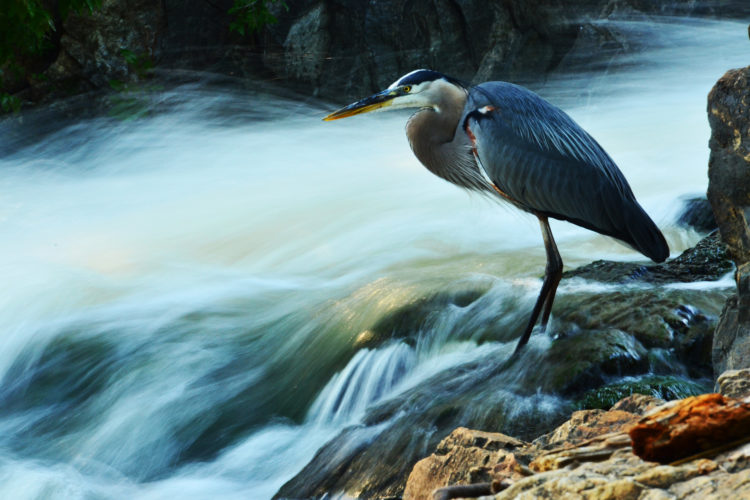
Wildlife like great blue heron rely on clean water. Photo by Kevin Hacker, National Wildlife Photo Contest entrant
Fish, wildlife and our families have a critical need for clean, abundant water. Yet, wetlands throughout our nation are vanishing: lead recently contaminated the water supply in Flint, Michigan, algal blooms forced Toledo, Ohio, to temporarily shut down its water supply, and algal slime now plagues parts of coastal Florida. It’s clear that investing in our nation’s water resources is vital. Yet a new Clean Water Rule that would protect 20 million acres of wetlands and 2 million stream miles is in legal limbo at the Supreme Court, and awaits implementation by the next President.
Conserving Native Grasslands
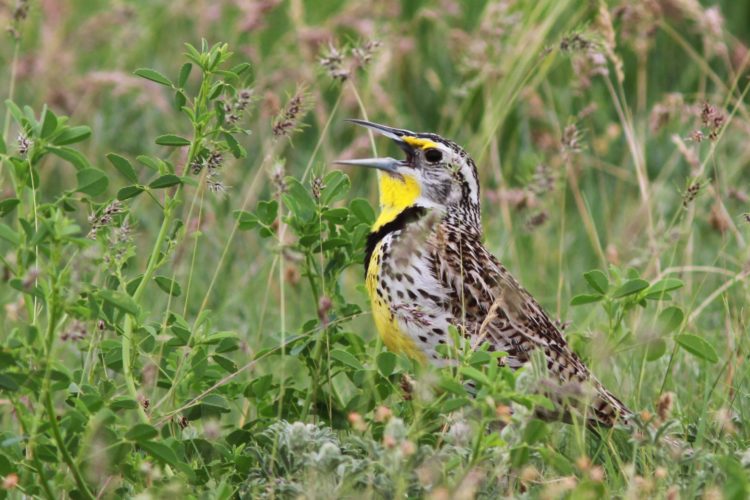
Meadowlarks are one of the many grassland birds. Photo by Raymond Dion, National Wildlife Photo Contest entrant
Scientists warn that grassland birds and other species in the northern Great Plains are reaching a tipping point as thousands of acres of native prairie — one of the fastest declining ecosystems in North America — continue to be converted to cropland. This is due in part to the Renewable Fuel Standard, which requires growing corn for ethanol. The next Administration will need to decide how much corn should be mandated. Congress also will need to reauthorize the Farm Bill, an opportunity to eliminate incentives that encourage plowing up native grasslands and strengthen incentives farmers have for saving grasslands on their property.
Take ActionTake the pledge here to vote for candidates this Election Day who stand with wildlife!
Source: Public Lands
Originally Posted on NWF.org